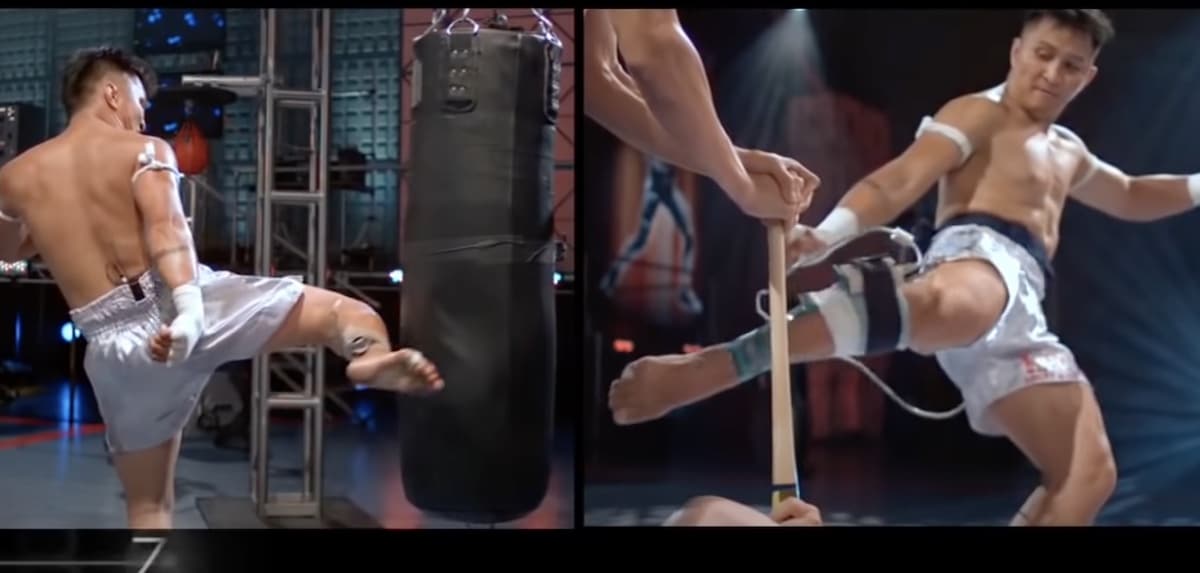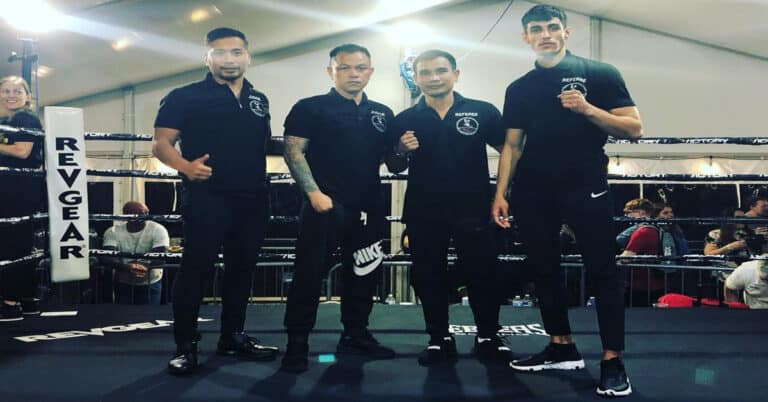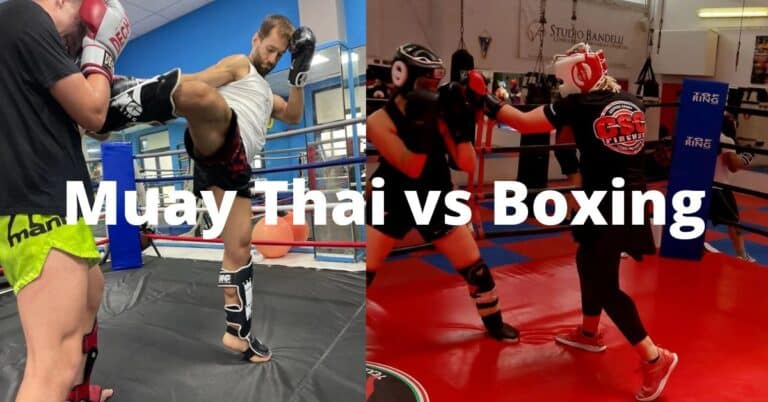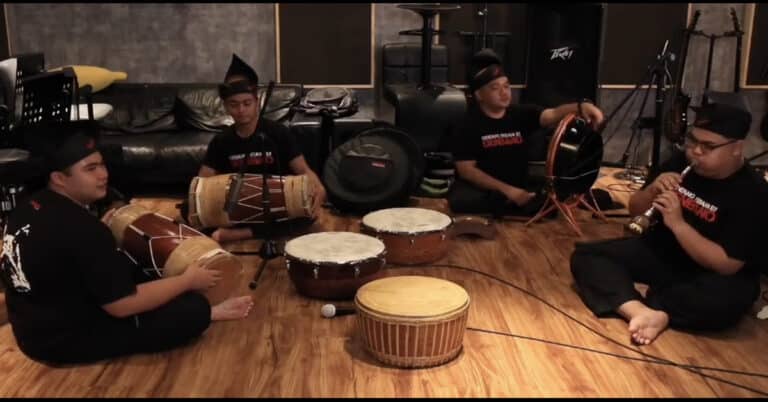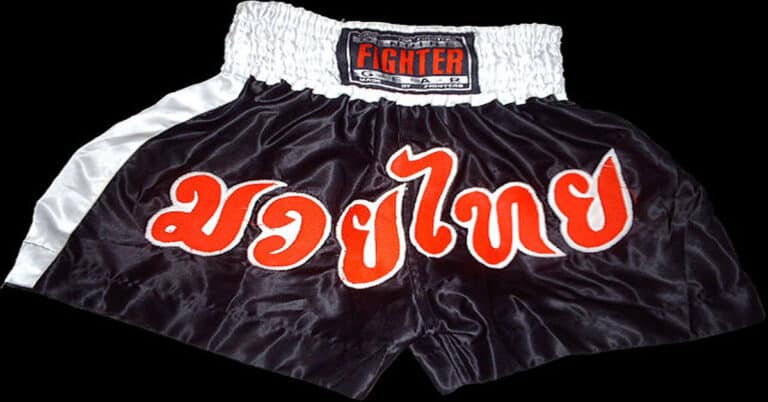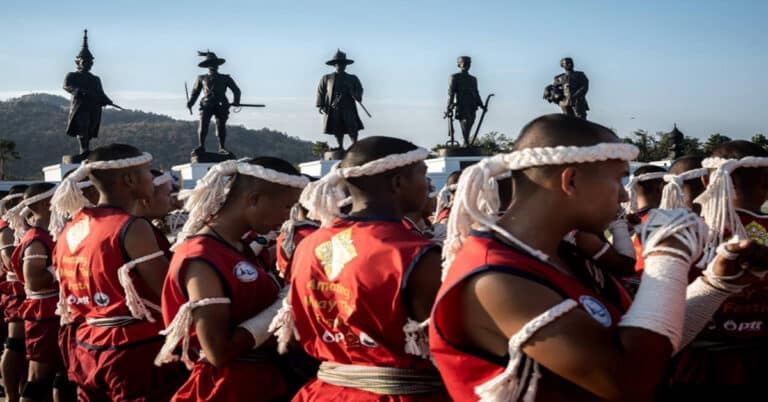Muay Thai Shin Conditioning
Muay Thai fighters are formidable warriors, striking rapidly with lethal force. The art of eight limbs, as it is otherwise called, uses eight points of contact: two hands, elbows, knees, and shins. Muay Thai shin conditioning is absolutely essential to your training, especially since they are abundantly used in offensive and defensive tactics. You need shins of steel to survive in the game – or at least, shins hard enough to kick the Muay Thai heavy bag at full force.
Well-conditioned shins can deliver deadly strikes and intercept them just as easily. Your shins are your most valuable asset in the cage, and investing in them with Muay Thai shin conditioning will give you an edge in the ring.
Unsurprisingly, professional Muay Thai fighters have shins on a whole other level. Take Buakaw Banchamek, for example. This Muay Thai legend inspired awe by kicking down a banana tree with a handful of kicks. If you haven’t seen it yet, take a look:
In this article, we go over everything you need to know to get started with Muay Thai shin conditioning.
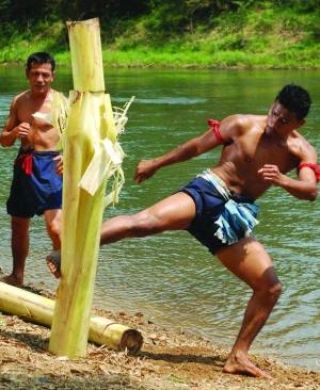
What is Muay Thai shin conditioning?
Our shin bones are pretty exposed, with nothing covering them except skin. It doesn’t come as a surprise that it will hurt whether you’re attacking or defending using them. It’s natural for shins to be susceptible to pain. In fact, beginners usually find even kicking pads unbearable the first few times.
Muay Thai shin conditioning is the practice of building up your shins to withstand impact. Well-conditioned shins can deliver more devastating blows and defend against them. To achieve this, we subject the shins to increasing levels of impact, stress, and pressure.
The science behind body hardening
There are many theories that may explain body hardening. Some of them we usually hear are:
- Nerve damage from repetitive impact,
- Stronger bones as a result of exercise, or
- A higher pain tolerance after practicing the sport for so long.
Perhaps it’s all of them. Perhaps it’s none. The exact science behind Muay Thai shin conditioning, and body hardening in general, is still unknown. However, here are some strong theories about it.
Bone microfractures and regeneration
Shin hardening exercises aim to stimulate ossification for denser and stronger bones.
A popular theory about this is that impact creates microfractures in the bone. The body recognizes these as weak points and repairs them by dumping more calcium on them. As your shins get harder, you also scale up your kicks to create more microfractures. This theory emphasizes rest and recovery to allow enough time for this process.
The concept of increasing bone density may have some merit. After all, exercise does serve to increase bone density. However, some dispute the idea of microfractures, mainly because of the timeline.
Bone regeneration happens over a matter of months, not days. On the other hand, you may already be kicking the heavy bag with no problem after a few short weeks of training.
Desensitization
It’s easy to assume that this means you work it until you kill off your nerve endings, and some people believe that. Pain, however, is more complex than it seems.
Pain is more than physical. Instead, pain perception is a subjective experience with a sensation aspect. More than we just feel pain, there’s also cognitive appraisal of its source and the subsequent reaction to it.
Pain begins when your attention is interrupted by an unwanted focus. It’s why accidentally biting your tongue is more painful than doing it intentionally.
Why does it hurt, then, if you’re kicking the bag on purpose?
This boils down to a lack of familiarity with the sensation of how it feels to kick a bag. The first few times you kick the heavy bag, it hurts because you don’t expect the pain. There’s also the matter of you not being too familiar with sensation yet.
The pain diminishes as you do it repetitively and get used to it. Eventually, kicking the bag will become about as painful as intentionally biting your tongue – not so much.
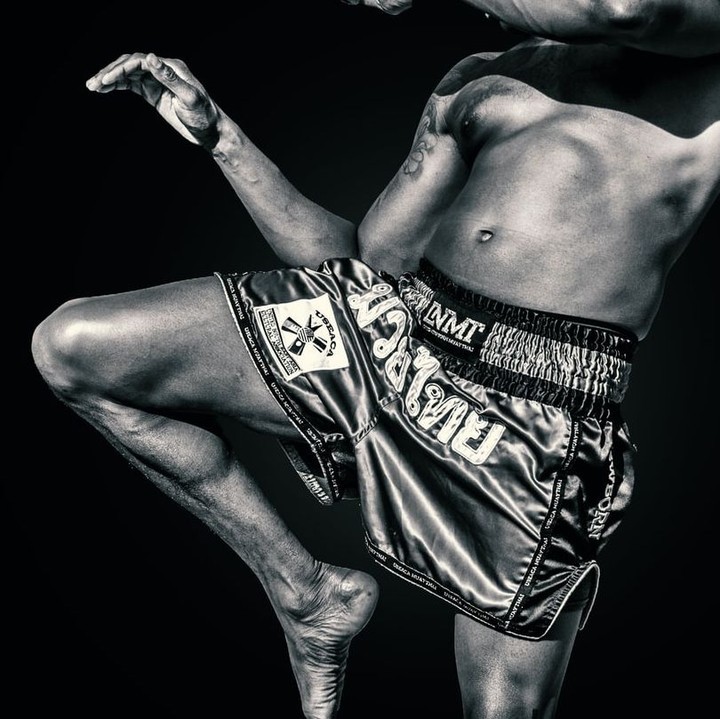
The benefits of conditioning your shins for Muay Thai
Conditioning your shins prepares them for the intense exchanges in a fight. Your shins are an extremely valuable asset, and Muay Thai shin conditioning helps you in many ways. Here are a few examples.
Balance and mobility
A strong shin paired with strong ankles helps with balance. This stabilizes your movements, which translates to your mobility inside the ring.
Shock absorption
If you watch MMA fights, you might have seen that match between Anderson Silva and Chris Weidman. Silva threw a leg kick that was checked. (If you’re new to Muay Thai, checking means blocking a kick with your shin.) And in the impact between shin and shin, the weaker one gave way to a clean break.
Developing a stronger shin means improving your ability to absorb hits. It improves your defensive capabilities, so if you want to fight, then you really wouldn’t want to neglect your conditioning.
Bone density
Bones adapt to the stress you place on them, so the harder you work them, the harder they become. Muay Thai shin conditioning places such stress on your legs, stimulating calcium deposition. The denser and harder shins can then deliver and guard against more lethal strikes.
Pain tolerance
Conditioning your shins gets you used to the pain perception and pain sensation. (See section on Desensitization above.) The overall experience of pain becomes muted as a result. Less pain means you can do more, whether in training or a fight.
Muscle strength and better form
Your muscles experience microtears in response to exercise. As they recover (with enough rest and protein), they grow stronger to adapt to the demands of exercise. A fortunate side effect of Muay Thai shin conditioning is it improves your form. This gives you more precision when executing techniques.
Together, these two give you better knockout power.
How to condition shins for Muay Thai
Now that you know why you should condition your shins, how do you do it? Well, here’s how you can develop the shins of steel you aspire to have:
Do Muay Thai shin conditioning exercises
There are a few approaches to shin conditioning, and the ones you choose to do should be sustainable. Hitting your shins with hard objects does work to compress them, but isn’t very efficient.
They hurt way more than necessary, for one. They’re a quick way to get bruises, but they don’t prepare you for the full-body impact of kicking.
So rather than punish yourself unnecessarily, do the following instead.
Heavy bag training
Your regular Muay Thai training itself will harden your shins. The heavy bag provides just the right amount of resistance and hardness for conditioning. So do pads and sparring partners. The more and harder you kick, the more your shin conditioning progresses. There really isn’t a shortcut for this – just go for it and be consistent.
Running and weight training
Bone responds to increased mechanical loading by forming even more bone. Weight lifting is the most straightforward way to do this, but another way to do it is by running. Running is a pretty universal approach to cardio for athletes. Put some time into your cardio – it’ll work wonders for your stamina as well.
Proper nutrition
Muay Thai shin conditioning is more than just what you do inside the gym. It also includes how you prepare your body for the next day’s training session. And for that, what you eat affects how you perform.
After all, your body needs proper nutrition to rebuild your muscles and bones. A healthy, balanced Muay Thai diet will provide the nutrients you need. Carbs for energy, protein for muscle rebuilding, and fats for vitamin uptake. Some supplements like calcium and vitamin D will also do good for conditioning.
Rest and recovery
Muay Thai is a high-intensity and high-impact sport, and it is important to allow time to recover from its demands. This involves having at least eight hours of sleep per night. When you sleep, your body redirects energy from your daily activities to damage repair and new tissue formation.
(It’s also why kids sleep more than adults – they have a lot of growing to do and a lot of new tissue to form.)
In summary
Having well-conditioned shins will give you an edge that may make or break your Muay Thai career. But really, there’s no secret to Muay Thai shin conditioning – you just have to go and put in the work. It takes time, but as you train diligently, results will come naturally.

